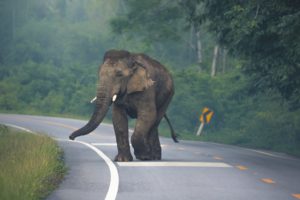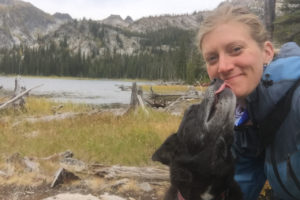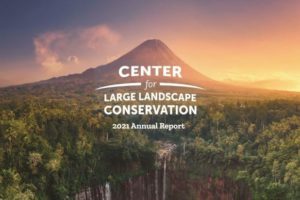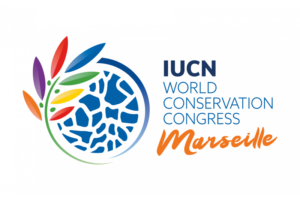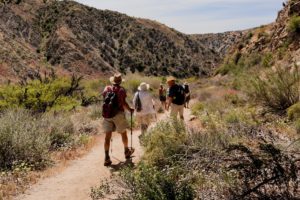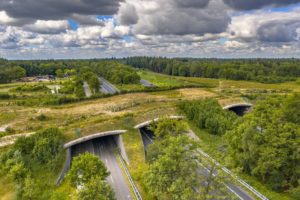Career Opportunity: Senior Director of Conservation
The Center for Large Landscape Conservation is seeking an experienced management professional with a strong background in the conservation field and a desire to help shape the future of a growing and dynamic organization. The Senior Director of Conservation will lead and inspire program staff to deliver innovative and strategic programs and initiatives that support the Center’s mission, strategic vision, and guiding philosophy. They will develop and implement program strategies at the local, regional, national and international level to advance and promote ecological connectivity.

